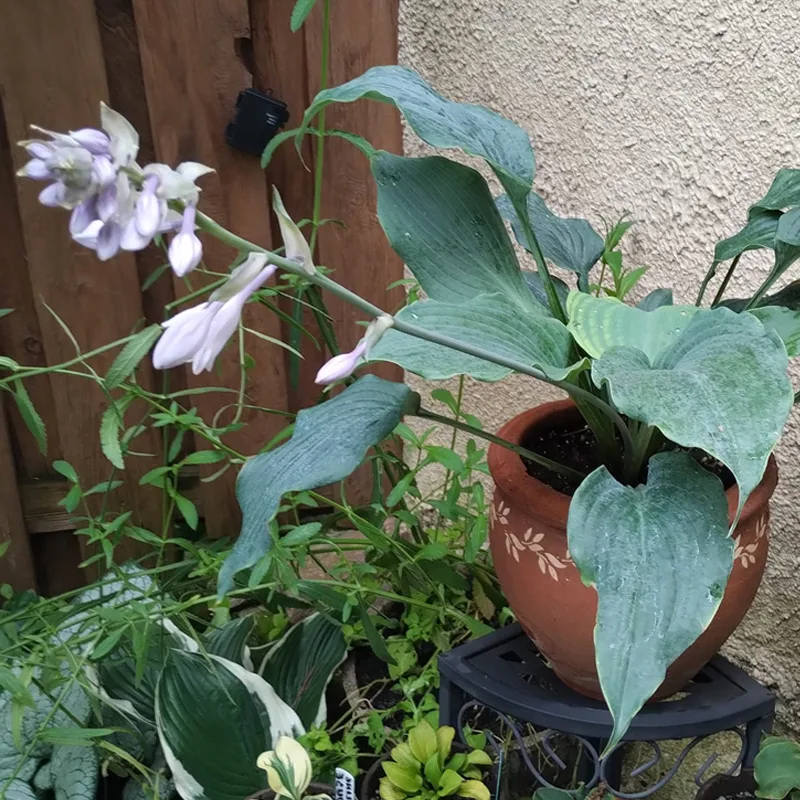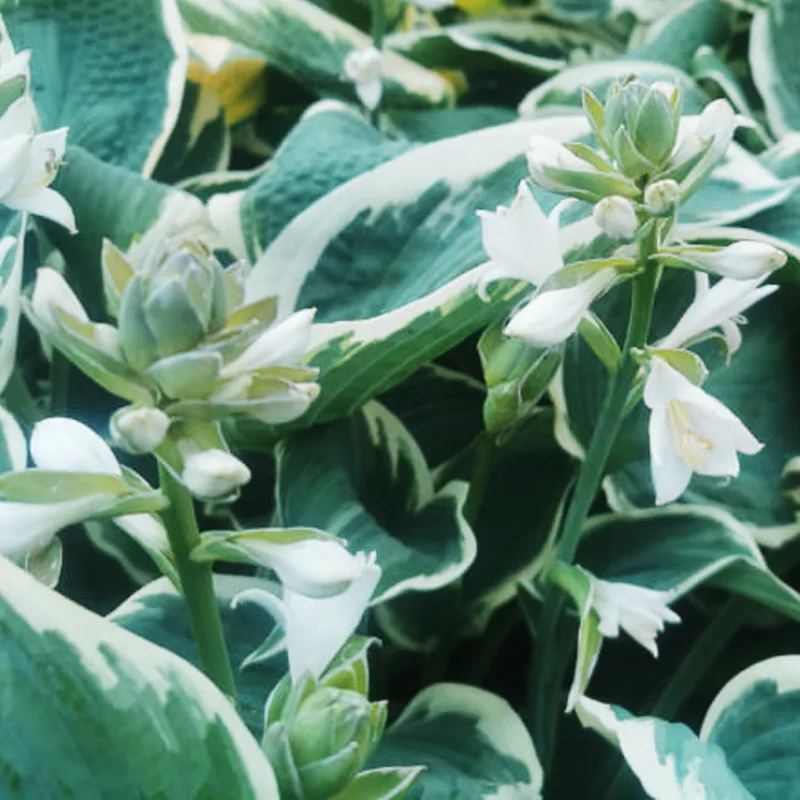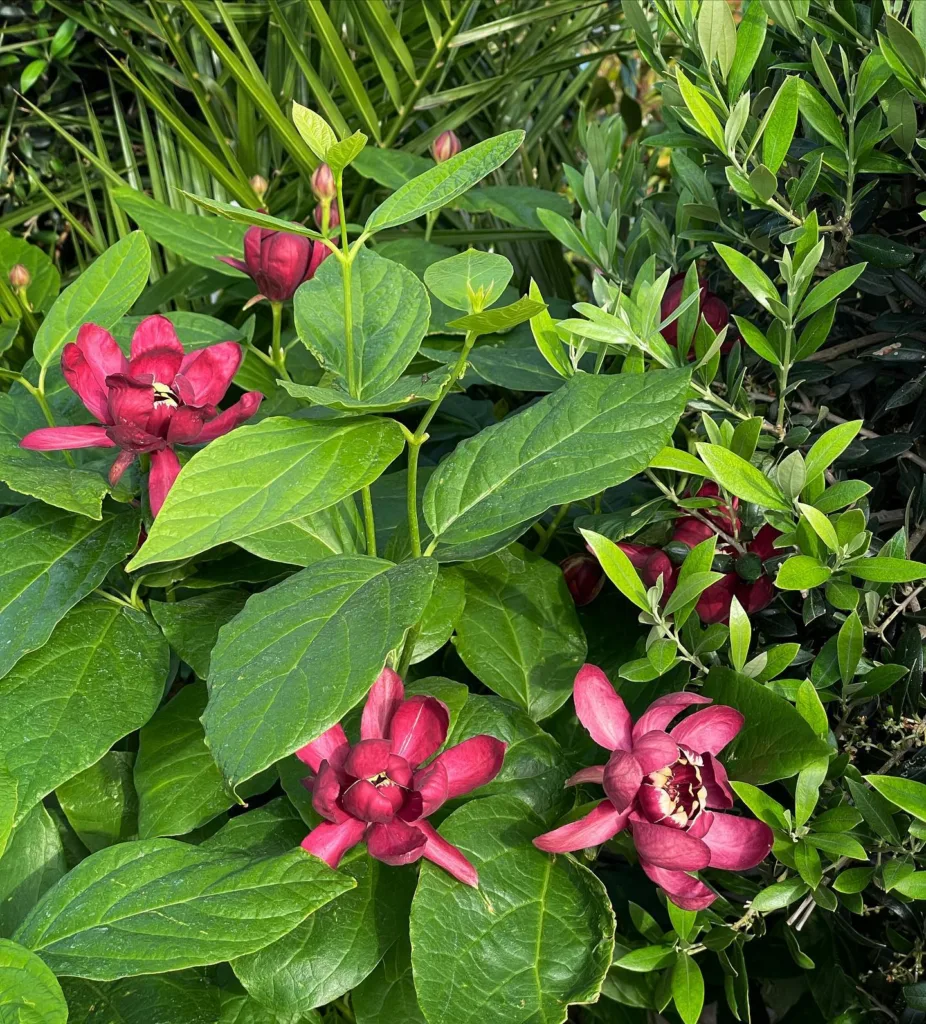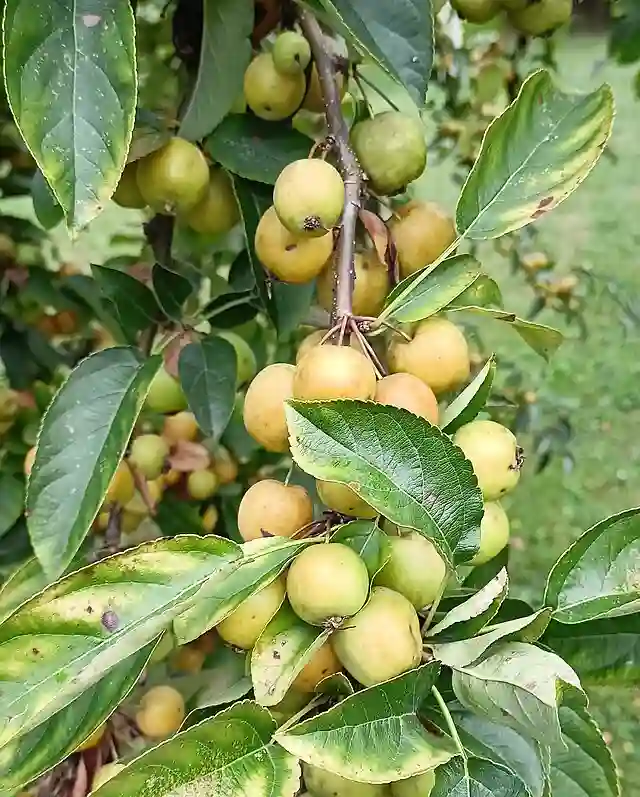
FAQs About Asarum Canadense
Asarum Canadense, commonly known as Wild Ginger, is a fascinating plant native to North America. If you’re considering adding this unique species to your garden or just curious about its characteristics, you might have several questions. I’ll answer some of the most frequently asked questions about Asarum Canadense, including its flowering habits, edibility, and care requirements.
134 Species in Genus Asarum
What Type of Plant Is Asarum Canadense?
Asarum Canadense is a perennial herbaceous plant that belongs to the Aristolochiaceae family. It’s well-known for its heart-shaped leaves and low-growing nature. The plant typically forms a dense ground cover, making it an excellent choice for shaded or woodland gardens.
Does Asarum Canadense Flower?
Asarum Canadense does indeed flower, but the blooms are quite different from what you might expect. The flowers are small, hidden beneath the foliage, and are not particularly showy. They are often dark brown or purple and have a unique, funnel-shaped appearance. These inconspicuous flowers might be easy to miss, but they are an important part of the plant’s reproductive process.
How Many Reproductive Units Does Asarum Canadense Have?
Asarum Canadense produces multiple reproductive units throughout its flowering season. Each flower contains both male and female parts, which means the plant is capable of self-pollination. This feature helps ensure that the plant can reproduce even in less-than-ideal conditions.
Is Asarum Canadense Edible?
Asarum Canadense is edible but should be consumed with caution. The plant contains compounds that can be toxic in large quantities. Historically, Native American tribes used it for medicinal purposes, but it’s not commonly eaten today. If you decide to use it, make sure to research proper preparation techniques to avoid any adverse effects.
How to Eat Asarum Canadense?
If you’re interested in consuming Asarum Canadense, it’s crucial to prepare it correctly. Traditionally, the roots were used in small amounts for their medicinal properties, but they should be properly processed to reduce toxicity. Eating the plant raw is not advisable due to its potential irritants. Cooking the roots can help mitigate some of these effects, but it’s best to consult with an expert or herbalist before consuming any part of this plant.
How to Plant Wild Ginger Asarum Canadense?
Planting Wild Ginger, or Asarum Canadense, is relatively straightforward. Here’s a step-by-step guide:
- Site Selection: Choose a shaded or partly shaded location with moist, well-draining soil.
- Soil Preparation: Enrich the soil with organic matter to improve drainage and fertility.
- Planting: Plant the rhizomes (underground stems) about 2 inches deep and spaced 6 to 12 inches apart.
- Watering: Keep the soil consistently moist but not waterlogged.
- Mulching: Apply a layer of mulch to help retain moisture and suppress weeds.
Is Asarum Canadense Deciduous or Evergreen?
Asarum Canadense is deciduous, meaning it loses its leaves in the fall. The plant goes dormant during the winter months and regrows in the spring. This characteristic makes it a suitable choice for garden areas where you want seasonal interest and ground cover.
Is Asarum Canadense Evergreen?
No, Asarum Canadense is not evergreen. Unlike evergreen plants, which retain their foliage throughout the year, Asarum Canadense’s leaves die back in the winter, only to re-emerge in the spring.
Will Asarum Canadense Harm Trees?
Asarum Canadense is not known to harm trees. It is generally a benign ground cover that coexists well with other plants, including trees. It doesn’t have aggressive rooting habits that would compete with or damage the root systems of trees.
Who First Published Asarum Canadense?
Asarum Canadense was first described and named by the botanist William Bartram in the late 18th century. His work on the flora of North America introduced many plant species to European botanists and gardeners.
What to Plant With Asarum Canadense?
Asarum Canadense pairs well with other shade-loving plants such as ferns, hostas, and trilliums. It can help create a lush, naturalistic look in woodland gardens and shady spots.
How to Care for Asarum Canadense?
Caring for Asarum Canadense is relatively easy:
- Watering: Keep the soil moist, especially during dry spells.
- Fertilizing: Use a balanced, organic fertilizer in the spring to encourage healthy growth.
- Pruning: Generally, no pruning is required, but removing dead or damaged leaves can help maintain the plant’s appearance.
Common Problems with Asarum Canadense
One common issue with Asarum Canadense is its susceptibility to root rot if the soil is too wet or poorly drained. Ensure good soil drainage and avoid overwatering to prevent this problem.
Can You Grow Asarum Canadense Indoors?
Asarum Canadense is primarily suited for outdoor gardens, especially in shaded or woodland settings. Growing it indoors can be challenging due to its specific light and humidity requirements. If you want to try growing it indoors, provide it with ample indirect light and keep the humidity levels high.
In summary, Asarum Canadense is a unique and valuable plant for shaded garden areas. While it has some intriguing features and uses, it’s essential to understand its care requirements and potential limitations. Whether you’re a gardener or a plant enthusiast, this wild ginger can add a touch of woodland charm to your landscape.
If i die, water my plants!



